The Devonshire Ellis Family
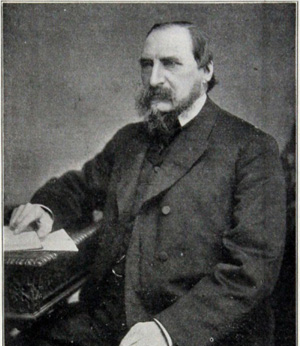
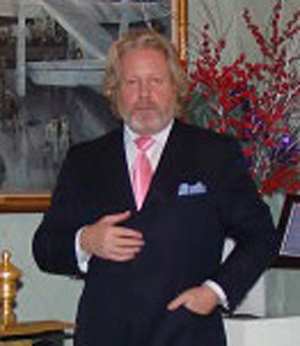
The contemporary Devonshire Ellis family story is closely linked to the development of Industrial Britain in the Victorian age, the Two World Wars, world-renowned shipping and engineering capabilities, changes to adapt to a more socialist post War Britain, the loss of wealth and the revival of family fortunes in the Far East.
The origins of the name are somewhat clouded in history, and have been used in both singular and double-barreled format over the centuries. However it seems that likely that the Ellis family of the 1700's, by then already in possession of a powerful industrial business in the British midlands involved in metallurgy and specifically in bronze smelting, had some form of relationship with the then Duke of Devonshire. This accounts for why some of the early family graves are to be found at the Duke of Devonshire Estates at Bolton Abbey. The use of the double-barreled prefix has been erratic, however the name, double-barreled or not, has always been passed down to the eldest son.
Although family records place the Devonshire Ellis's back to the mid 1600's around the Stow-On-The-Wold area (the birthplace of Shakespeare) and included both clergy and businessmen, the family fortunes really began to take off in the late 1700's and the onset of the Industrial Revolution. Charles Devonshire Ellis (born 1786) was known to be a Birmingham based silver and electro plate and brass manufacturer, also known to have had his own firm Charles Ellis & Sons with specific clients in London's West End. There is also mention of a Rolling Mills under same firms name in Kings Norton, and it seems likely this business was established sometime around the late 1820's. It was then passed into the hands of his sons, despite a known attempt to sell the business, upon Ellis's retirement in 1873, suggesting the company was a long term viable success. His son, John Devonshire Ellis , is known to have commenced an apprenticeship at his Fathers company aged 14.
That experience was to stand him in good stead, for John Devonshire Ellis went on to become one of the worlds leading metallurgists and Chairman of one of Great Britain's largest and most important industrial companies of its day.
John Devonshire Ellis
 Born in 1826, John Devonshire Ellis, following his apprenticeship at Charles Ellis & Sons, became a Partner in the business in 1848. Educated at King Edward VI School (founded by King Edward VI in 1552), he purchased, along with Sir John Brown and William Bragge , the Atlas engineering works at Sheffield in 1854. This effectively merged the existing Charles Ellis & Sons into the Atlas Engineering works and the John Brown Company. The company initially began making component parts for Railway Engines, however Devonshire Ellis realized the importance of the new Bessemer process of manufacturing steel rails and persuaded his partners to manufacture these under license. This proved a success. The company then moved into manufacturing armour plate to clad British Warships, involving a patented Devonshire Ellis process of welding steel plate together. This commenced in 1859, and with support from the British Navy, became required protection of 2/3 of all British Royal Navy Ships.
Born in 1826, John Devonshire Ellis, following his apprenticeship at Charles Ellis & Sons, became a Partner in the business in 1848. Educated at King Edward VI School (founded by King Edward VI in 1552), he purchased, along with Sir John Brown and William Bragge , the Atlas engineering works at Sheffield in 1854. This effectively merged the existing Charles Ellis & Sons into the Atlas Engineering works and the John Brown Company. The company initially began making component parts for Railway Engines, however Devonshire Ellis realized the importance of the new Bessemer process of manufacturing steel rails and persuaded his partners to manufacture these under license. This proved a success. The company then moved into manufacturing armour plate to clad British Warships, involving a patented Devonshire Ellis process of welding steel plate together. This commenced in 1859, and with support from the British Navy, became required protection of 2/3 of all British Royal Navy Ships.
During this process Devonshire Ellis invented a number of techniques concerning the use of steel that are still in use today, including the principle of cementation, a combination of the cementation and chilling processes being the main feature of the Ellis-Tresidder armour, which marked a great advance in shot-resisting power. The well established Ellis-Eaves system of induced draught was also the result of his experiments.
Following disagreements with John Brown himself over the running of the company, Brown resigned his position and sold his shares in John Brown & Co to Devonshire Ellis establish other ventures. Devonshire Ellis then became Chairman in 1864, a position he held until his death in 1907. During this period John Brown & Co evolved from being a company with a capital of 10,000 Pounds and a workforce of 250, to being a world leader in its field, a workforce of 16,000 and capital of 3 million Pounds. Output exceeded 100,000 tonnes of steel.
Devonshire Ellis was awarded the Grand Cross of the Order of Vasa by the King of Sweden in 1869 in relation to fortification works he undertook on behalf of the Swedish Navy. This was Sweden's highest civilian award at the time.
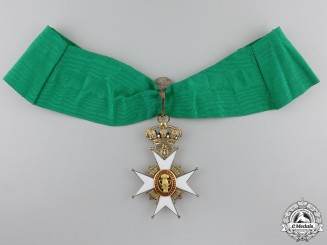 He became Vice President of the Iron & Steel Institute
in 1901, having received its Gold Bessemer Medal in 1899. In 1899, John Brown & Co purchased the Clydebank Shipbuilding & Engineering Works, which were brought into the John Brown & Co. Group. Under the new Devonshire Ellis management and ownership, the armour plating and other technologies invented by Devonshire Ellis made an immediate impact upon the shipyard.
He became Vice President of the Iron & Steel Institute
in 1901, having received its Gold Bessemer Medal in 1899. In 1899, John Brown & Co purchased the Clydebank Shipbuilding & Engineering Works, which were brought into the John Brown & Co. Group. Under the new Devonshire Ellis management and ownership, the armour plating and other technologies invented by Devonshire Ellis made an immediate impact upon the shipyard.
The first orders included commissions for building the battlecruiser HMS Inflexible.
Three of Devonshire Ellis's five sons, Arthur Devonshire Ellis, Charles Edward Ellis and William Henry Ellis were employed by John Brown & Co. All prospered, however the two younger sons in particular went on to have illustrious careers. John Devonshire Ellis died in early 1907, aged 82, having been a pioneer in the Steel and Metallurgy industries and a highly influential captain of British industry and engineering at the time. His portrait, a painting by C.W. Cope RA, still hangs at the Atlas Works in Sheffield, now part of Alcoa.
Arthur Devonshire Ellis
Arthur Devonshire Ellis was the first son of John Devonshire Ellis, and was born in 1856. Not much is known about his background although it is believed he trained both as an accountant and a metalurgist and worked in the family business as Chief Accountant. His financial skills were an undoubted yet unsung part of the prosperity of John Brown Engineering, supporting his younger brothers inventions and acute awaremess of the steel and shipbuilding industries. He died in June 1921.
Sir Charles Edward Ellis
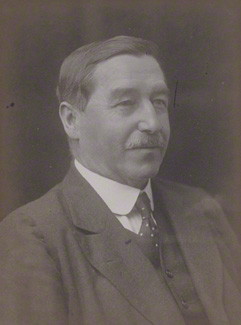 Charles Edward Ellis was the second son of John Devonshire Ellis. Charles however was to grow up an important figure in early 20th century Britain. Educated at Trinity College, Cambridge, he was called to the bar in 1878. While practicing he wrote the book "A Guide to Election Law and the Law and Practice of Election Petitions" in 1885 as well as a treatise on the rates and traffic on Canals and Railways in 1889.
Charles Edward Ellis was the second son of John Devonshire Ellis. Charles however was to grow up an important figure in early 20th century Britain. Educated at Trinity College, Cambridge, he was called to the bar in 1878. While practicing he wrote the book "A Guide to Election Law and the Law and Practice of Election Petitions" in 1885 as well as a treatise on the rates and traffic on Canals and Railways in 1889.
He became Managing Director of John Brown & Co in 1890, and was responsible for building such illustrious and world famous vessels as the RMS Lusitania, HMS Repulse and HMS Hood amongst many other WWI era battleships and cruisers. He was later called to serve the British Government in the wartime Ministry of Munitions, becoming Director-General of Ordnance Supply in 1915.
Sir Charles was awarded a KBE in 1917 and GBE in 1919 in addition to receiving decorations from the Belgian, French, Italian, Russian and Turkish Governments.
These included The Belgian Order of the Crown , The French Medal of Gratitude, The Italian Commander of the Order of the Crown of Italy (an award that was also awarded to his younger brother, Sir William), the Imperial Russian Medal for Zeal, and the Turkish Order of the Medjidie
An article about John Brown & Co supplying ships and turbines to the Russian Imperial Navy can be found here
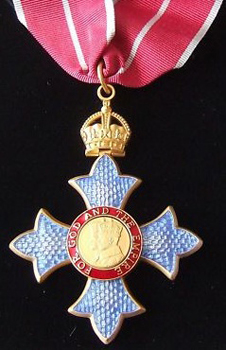
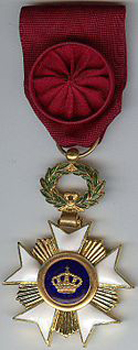
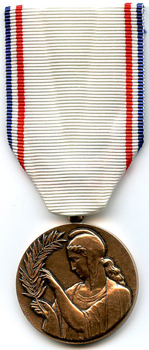
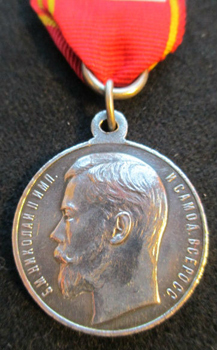
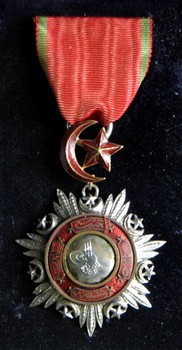
He died in February 1937 aged 84, living long enough to see the launch of the worlds most luxurious passenger cruiser of its day, the RMS Queen Mary, being launched in 1936 from the Clydebank Shipyards he had managed so well during World War One.
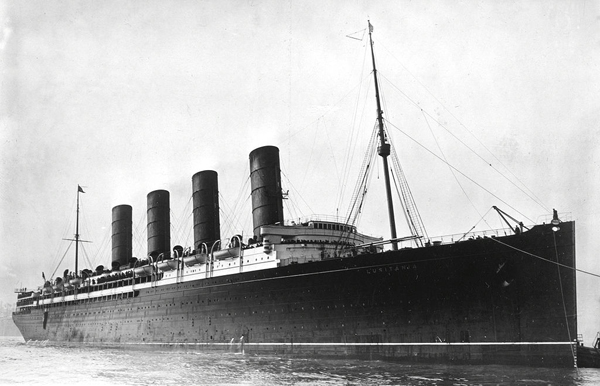
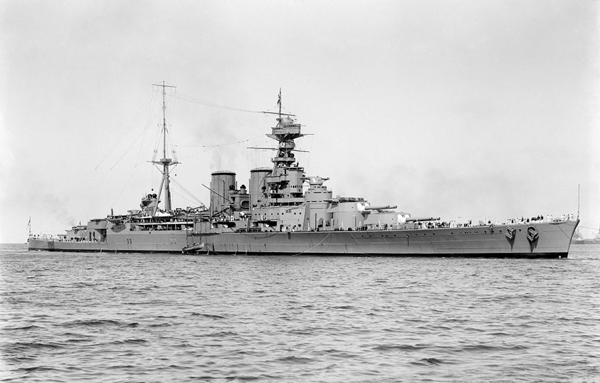
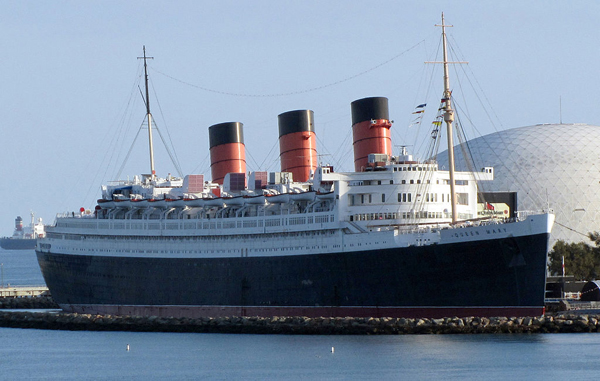
Sir William Henry Ellis
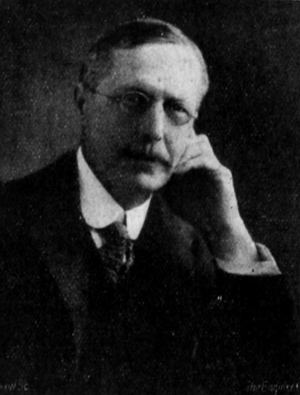 William Henry Ellis was the fifth son of John Devonshire Ellis and younger brother of Sir Charles, whose career he emulated. He was born in 1860 and educated at Uppingham, before studying engineering at Yorkshire College (later Leeds University) and serving an apprenticeship at
Tannet, Walker & Co. He joined the Devonshire Ellis family business, John Brown & Co in 1885, and from 1903 was an Assistant to the Managing Director in 1903, effectively supporting his elder brother. During World War One he served as Colonel in the Royal Engineers. He became Managing Director of John Brown & Co in his own right in 1915, also serving as Master Cutler of Sheffield.
William Henry Ellis was the fifth son of John Devonshire Ellis and younger brother of Sir Charles, whose career he emulated. He was born in 1860 and educated at Uppingham, before studying engineering at Yorkshire College (later Leeds University) and serving an apprenticeship at
Tannet, Walker & Co. He joined the Devonshire Ellis family business, John Brown & Co in 1885, and from 1903 was an Assistant to the Managing Director in 1903, effectively supporting his elder brother. During World War One he served as Colonel in the Royal Engineers. He became Managing Director of John Brown & Co in his own right in 1915, also serving as Master Cutler of Sheffield.
Sir William was awarded the Commander of the Order of the Crown of Italy in 1918 for his civil work in ordnance removal during and after WWI.
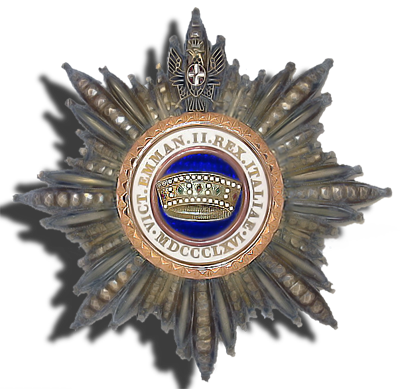
In 1924 Sir William was elected President of the Iron & Steel Institute, where his Father had previously served as Vice President, and in 1927, President of the Institution of Civil Engineers .
Sir William continued to develop John Brown & Co, working with Siemens ingots to produce armour plating, and overseeing the installation of a 10,000 tonne press and a 3,000 tonne gun press for the next generation of British Battleships. These included vessels such as HMS Beagle; HMAS Canberra; the SS Duchess of York and HMS Niagara amongst many others of the period leading up to World War II. All were launched from the John Brown shipyard in Clydebank.
In later years he was a member of the Sheffield University Council, Chairman of the National Disposals Board (now the Disposal Services Authority ) which was responsible for the de-commissioning of older military equipment, as well as serving on the Cambridge University Appointments Board and from 1925-26 as a member of the Privy Council Committee for the Department of Industrial and Scientific Research. In 1920, he was elected as a member on the Overseas Committee of the Board of Trade. He was Knighted and awarded the GBE after World War One. Sir William was a keen Mountaineer, and climbed the Jungfrau in Switzerland on his 75th birthday. He died in July 1945, aged 84.

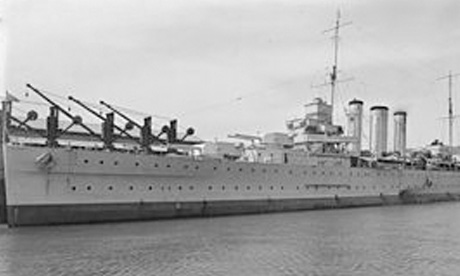
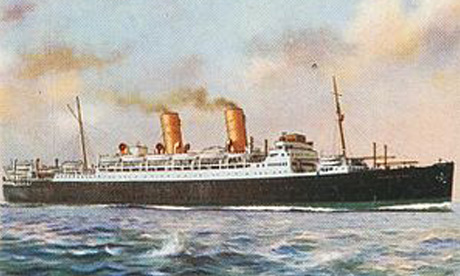
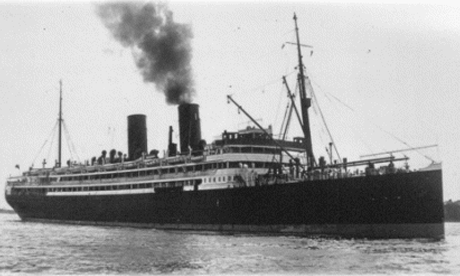
During the period of World War II, the management and direct ownership of the John Brown shipyards passed out of the family hands. The shipyards continued to produce notable vessels, including the RMS Empress of Britain and RMS Queen Elizabeth both famous luxury lines produced for Cunard.

World War Two ushered in a period of uncertainty and loss of wealth for the family. Members who would otherwise have joined John Brown & Co found themselves in active service in both World Wars, with the second war and its aftermath being especially financially devastating.
Commander Henry Samuel Homersham Ellis, RN
Henry (known as Sam) Ellis was the fourth son of Arthur Devonshire and consequently did not carry the Devonshire prefix. His younger brother, Percival Clement Ellis, died in action at Ypres. Born in 1888, Sam Ellis entered the Royal Navy aged just 19 as a sub lieutenant in 1907, where he was supposed to gain valuable experience of serving on Battleships prior to later joining John Brown & Co to deliver his practical experience. However, World War One broke out and Sam Ellis found himself serving, made Lieutenant in 1910. He saw action at the Battle of Jutland, serving on several ships during WWI including:
none of which had been built by John Brown & Co. He was also drafted to the Canada Station at Quebec, only to find out he was colour blind, effectively curtailing his Naval Career. He was retired with the rank of Commander. Rather than join John Brown & Co as had originally been intended, Sam Ellis took up a career as a Draughtsman during the period between the World Wars, and designed several maps of London and for the London Underground for public consumption. Upon the outbreak of World War Two he was recalled to Military Service at the Admiralty in London, given responsibility for operating and directing the Bomb Disposal Unit. He retired in 1945 and died in 1953.

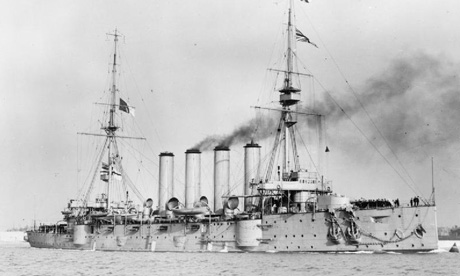
The period after World War Two was unkind to the Family. With no surviving members qualified to join the business, and with the two generations who had built John Brown & Co now dead, a combination of lack of experience and the high death duties imposed on the wealthy by the new Labour Government decimated, along with many other prominent families of the time, the entire fortune of the Devonshire Ellis clan. The John Brown & Co shipyard too, with very limited orders coming in following the boom times of fitting out battleships and cruisers for two World Wars, were also coming to an end.
The shipyard struggled to keep afloat, although it did still manage to produce the Royal Yacht Britannia, launched in 1954, while its final, and arguably most famous ship was the RMS Queen Elizabeth II who made her maiden voyage in 1969 and serviced the long-standing Southampton- New York route. At least the shipyard left the world of great shipbuilding traditions, as laid down by John Devonshire Ellis, in some style. The entire business adventure journey had lasted just 75 years, with the Ellis's in full control and ownership for over 50 of them. By 1949 the family wealth had been demolished in additional duties and taxes paid to the State under the socialist programme to "create a welfare State". These were and remain noble intentions, however the ruthlessness, depth and speed these policies were carried out effectively ruined many families who had long proven their worth to British society.
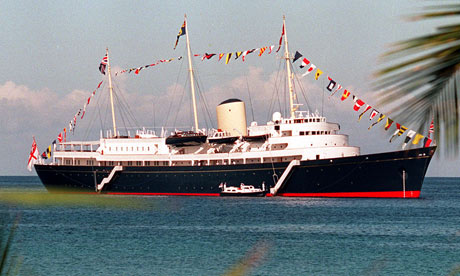
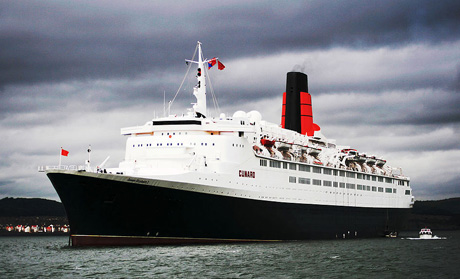
A complete list of ships built by the John Brown Clydebank Shipyards can be seen here
John Henry Ellis
John Henry Ellis was the first son of Commander Samuel Ellis, and the first not to be granted the Devonshire prefix. Apparently it was thought inappropriate and the tradition suspended as it became obvious that several first born sons had died young, and the prevailing political mood was against the wealthy middle class as Britain prepared to go to war for a second time.
John Henry was born in 1923 and served in the Royal Navy as a Lieutenant in World War Two, mainly in the Indian Ocean supporting missions mainly in Ceylon, and Burma. He was responsible for radio communications and had some involvement in the development of radar and sonar techniques. Upon being demobbed at the end of World War Two he spent his entire career as an electrical engineer with the BBC, also helping to develop video technologies. He was a keen amateur radio enthusiast, carrying one of the earliest awarded public 'handles' - the call sign G2FNK. He died in 2003.
Baron Christopher Anthony Devonshire Ellis
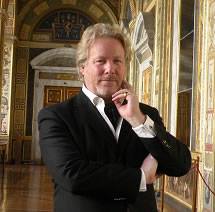 Chris Devonshire Ellis is the eldest son of John Henry and both the most senior and direct living descendent of John Devonshire Ellis. He was born in 1960, and educated at Bishop Wand and the University of London. Originally intending, as family tradition dictated, to have a career in a maritime related industry, he became a Qualified Ocean Skipper at the relatively young age of 23, and spent four years as a yacht broker in Greece and Spain in the mid 1980's. He then studied international tax law in Singapore and Hong Kong, eventually establishing his own practice in Hong Kong and mainland China in 1992. That firm has now developed into a multinational practice with offices throughout Asia. He is also a well published author on the subject of China, India and other Asian tax and corporate business matters with several technical legal and tax guides to his credit. In a relationship pertinent to his immediate
ancestors Scottish roots in Clydebank, he was assigned the title Barony of Coigach by the Earl Cromartie, head of the Clan MacKenzie , in 2011, the first time in 400 years this title has not been held by the MacKenzies (it had previously been held by the McLeods). He is also a member of the Royal Overseas League, Fellow of the Hong Kong chapter of the Institute of Directors, as well as being a Founding Member of the Beijing Capital Club and a Life Member of the Hanoi Press Club which is both a social club but also deals with Press Freedoms in Asia. His portrait hangs in the Board Room of the Hanoi Press Club.
Chris Devonshire Ellis is the eldest son of John Henry and both the most senior and direct living descendent of John Devonshire Ellis. He was born in 1960, and educated at Bishop Wand and the University of London. Originally intending, as family tradition dictated, to have a career in a maritime related industry, he became a Qualified Ocean Skipper at the relatively young age of 23, and spent four years as a yacht broker in Greece and Spain in the mid 1980's. He then studied international tax law in Singapore and Hong Kong, eventually establishing his own practice in Hong Kong and mainland China in 1992. That firm has now developed into a multinational practice with offices throughout Asia. He is also a well published author on the subject of China, India and other Asian tax and corporate business matters with several technical legal and tax guides to his credit. In a relationship pertinent to his immediate
ancestors Scottish roots in Clydebank, he was assigned the title Barony of Coigach by the Earl Cromartie, head of the Clan MacKenzie , in 2011, the first time in 400 years this title has not been held by the MacKenzies (it had previously been held by the McLeods). He is also a member of the Royal Overseas League, Fellow of the Hong Kong chapter of the Institute of Directors, as well as being a Founding Member of the Beijing Capital Club and a Life Member of the Hanoi Press Club which is both a social club but also deals with Press Freedoms in Asia. His portrait hangs in the Board Room of the Hanoi Press Club.